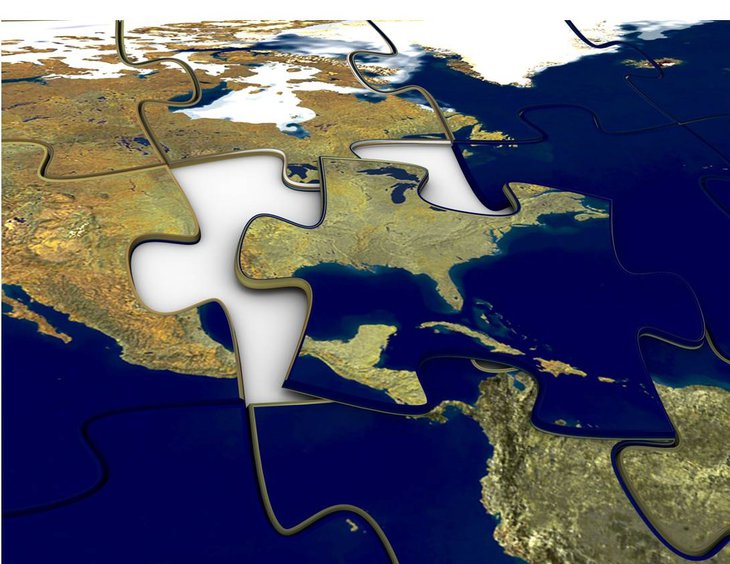The History of Jigsaw Puzzles
EWA • dawno temu

Puzzle pojawiły się blisko 250 lat temu jako pomoc naukowa. Mimo swego wieku tradycyjne układanki są wciąż bardzo popularne i lubiane nie tylko przez dzieci. Dużym zainteresowaniem cieszą się także puzzle w wersji elektronicznej.
Słowo puzzle znaczy „zagadka”, „łamigłówka”. Słowo jigsaw oznacza „wyrzynarkę”. Oba słowa pojedynczo lub w połączeniu jigsaw puzzle uzyskały nowe znaczenie – „układanka”.
A oto krótka historia powstania puzzli.

Around 1766 John Spilsbury, a London mapmaker and engravermounted one of his maps on wood and cut around the borders of the countries using a fine saw. His “dissectedpuzzle,” as it was called, was meant to be used as a teaching device to aid rich British children learn geography.
The idea slowly caught on and by the 1780s others were creating puzzles centered on famous paintings and the English monarchy. By the mid-1800s, “dissections” had spread to the rest of Europe and North America and were popular with adults as well as children. Queen Victoria, and other royalties, were said to be fans of them.
Because they were made of fine woods and involved considerable time in making, dissections were only affordable to upper society during much of the 1800s. Then, the invention of the treadle saw and the development of die-cut cardboard “jigsaw” puzzles led to lower prices and created a new consumer group – the working class family.
These improvements and resultant lower prices, along with the development of interlocking pieces and more intricate puzzles, created a jigsaw puzzle boom. Demand for the puzzles became so great that in 1909 the American game manufacturer, Parker Brothers, temporarily stopped making other games in order to devote its entire factory output to puzzle production.
Glossary:
- jigsaw/puzzle/jigsaw puzzle – układanka, puzzle
- mapmaker – kartograf
- engraver – grawer, rytownik
- mount – tu: umieścić, przymocować
- dissected – rozcięty, w przekroju
- puzzle – zagadka, łamigłówka
- royalty – członek (członkowie) rodziny królewskiej
- treadle saw – piła napędzana pedałem
- cardboard – karton, tektura
- jigsaw – wyrzynarka
- resultant – wynikający
- interlocking – łączący, zazębiający się
- intricate – skomplikowany, misterny
- output – produkcja, wytwórczość, wydajność

Najnowsze










Ten artykuł nie ma jeszcze komentarzy
Pokaż wszystkie komentarze